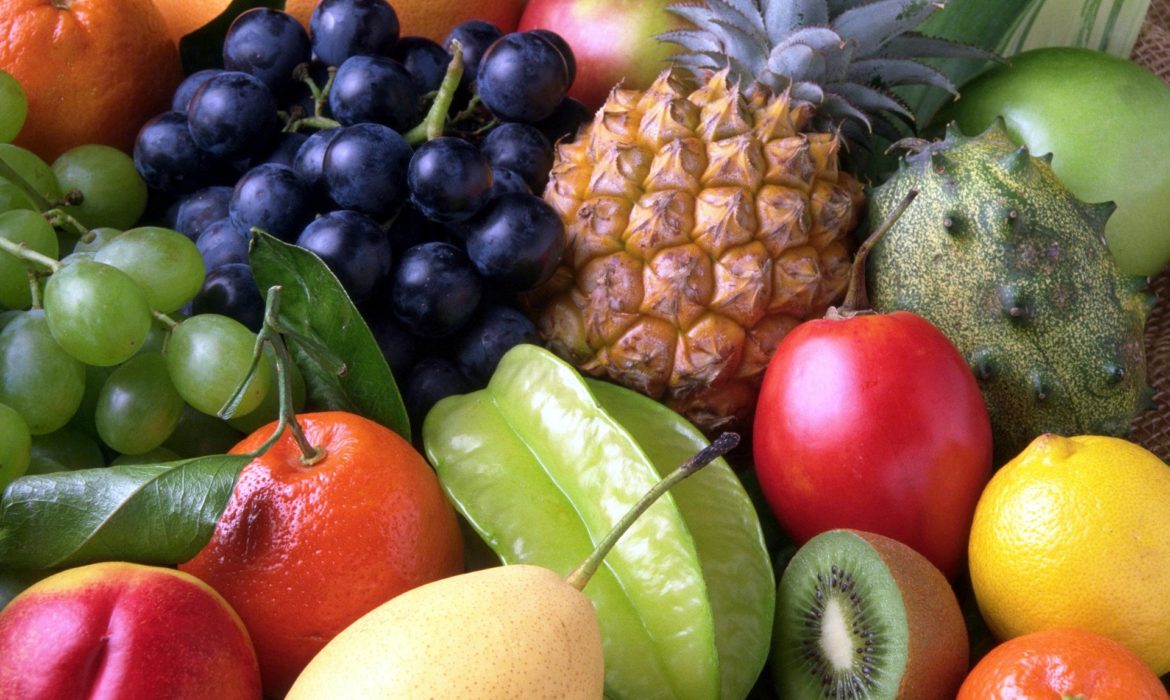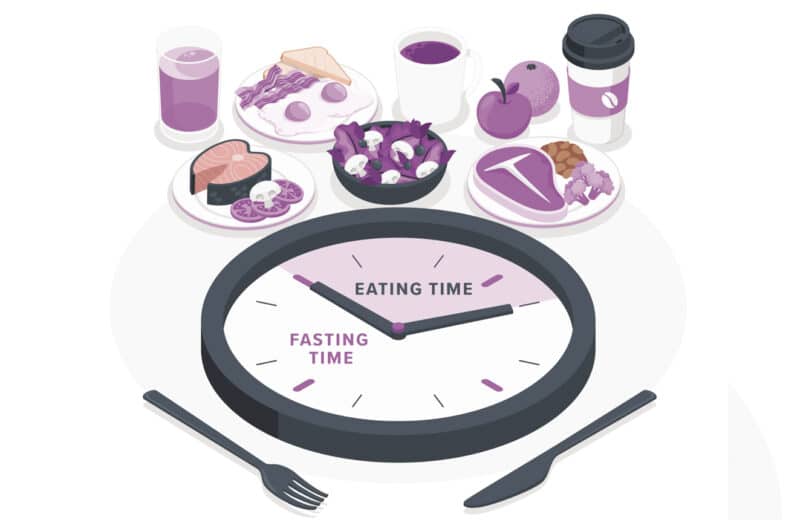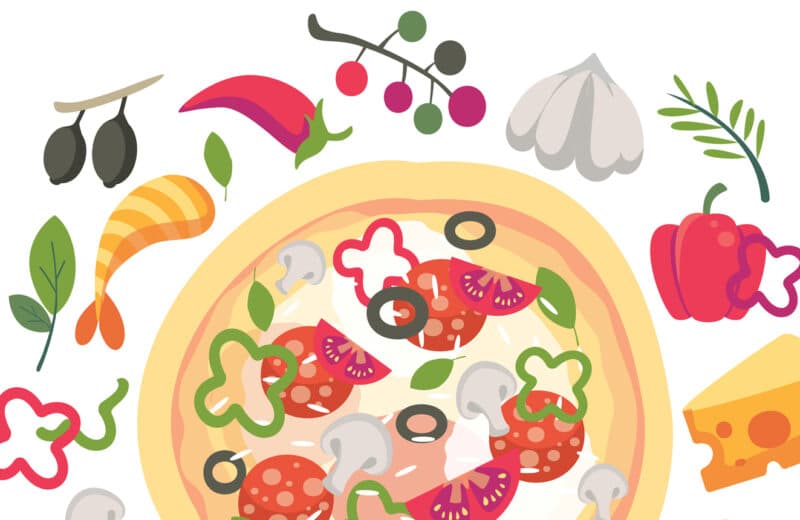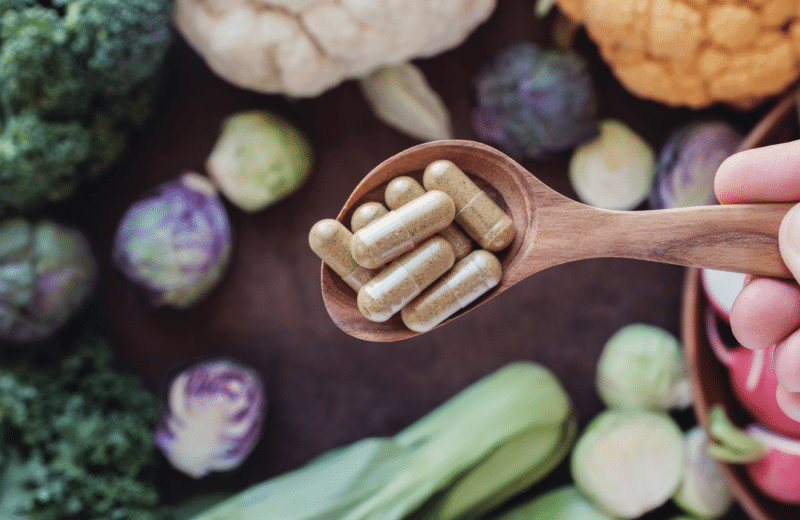If you were a natural foods enthusiast in the early 1980s, you might recall cookbooks that used fructose instead of table sugar as a sweetener. Fructose is a natural sugar in fruit, so it was viewed as a healthier option. Plus, fructose is sweeter than table sugar, potentially enabling you to use less in recipes and thus trim calories.
However, today you’re more likely to find people avoiding high fructose corn syrup (HFCS) and bookstores selling low-fructose cookbooks. Here’s help understanding this shift in perspective and what it means for your grocery list.
What is fructose?
“Fructose is a single molecule that requires no digestive breakdown and is absorbed directly from your gut,” explains Dr. George A. Bray, a Boyd professor emeritus at Pennington Biomedical Research Center at Louisiana State University in Baton Rouge. In contrast, table sugar (sucrose) is made of two chemically linked molecules, fructose and glucose, in about equal proportions. These molecules are broken apart during digestion.
What does the body do with fructose?
Once absorbed, fructose is mainly metabolized (processed) in the liver, which has a limited capacity to handle fructose, says Dr. James DiNicolantonio, a cardiovascular research scientist at Saint Luke’s Mid America Heart Institute in Kansas City. When the liver has to process a lot of fructose, the result is a glut of free radicals that cause cell damage (oxidative stress) and inflammation, which can contribute to disorders such as heart disease and type 2 diabetes.
“The metabolism of fructose in the liver also increases production of uric acid,” Bray says. This waste product is an inflammatory compound that travels in the blood and can build up to form crystals in the joints (called gout) and/or kidneys. Additionally, uric acid increases risk of hypertension by inhibiting the production of a substance called nitric oxide, which helps relax arteries and lower blood pressure.
Although the body prefers to convert fructose to glucose to replenish the body’s energy stores (glycogen), excesses are converted to fat. Fructose is more likely than glucose to be packaged as visceral fat, which includes fat in and around your abdominal organs, including the liver, thus increasing risk of developing a fatty, poorly functioning liver, DiNicolantonio says. Visceral fat is inflammatory and strongly linked to type 2 diabetes and heart disease, too. In contrast, excess glucose is mainly stored as subcutaneous fat (beneath the skin).
Does fructose cause digestive issues?
Large amounts of fructose without enough glucose (which helps shuttle it across the intestinal wall) can cause diarrhea, Bray says. For some people, even small amounts of fructose trigger diarrhea, as well as bloating, cramps and gas. This heightened sensitivity is called fructose malabsorption. Gastroenterologists diagnose the condition with a breath test. Several cookbooks are now available for those with fructose malabsorption.
What’s the bottom line?
The typical American diet includes 85 to 100 g (grams) or 21 to 25 teaspoons of fructose daily, which is far more than a person could take in from whole foods. A century ago, daily fructose intake was only 15 g. That means we’re getting most of our fructose from added ingredients and processed foods, not from fructose found naturally in whole fruits.
Bray advises avoiding products with added fructose and HFCS. Additionally, eat only small portions of dried fruit and fruit juice, which provide a much more concentrated source of fructose and contain less antioxidants than fresh fruit.
(Reprinted with permission from Environmental Nutrition, a monthly publication of Belvoir Media Group, LLC. 800-829-5384. www.EnvironmentalNutrition.com.)
(c) 2015 BELVOIR MEDIA GROUP. DISTRIBUTED BY TRIBUNE CONTENT AGENCY, LLC.












